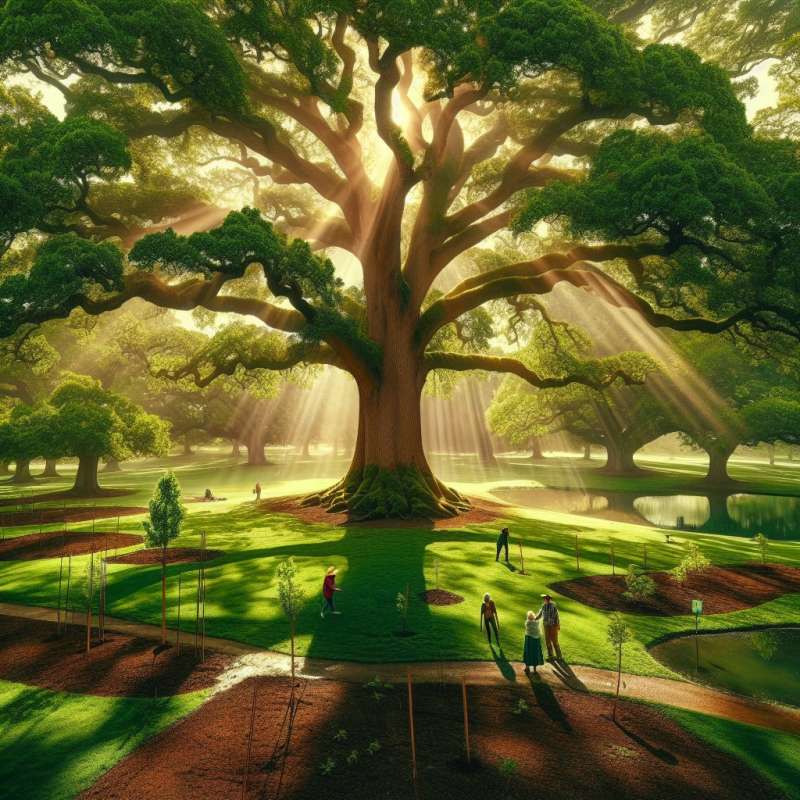
Trees Improve Air Quality
Urban trees act as filters, capturing pollutants and particulates. One large tree can absorb up to 150 kg of CO2 annually, effectively reducing the impact of urban pollution.
Natural Cooling Agents
Street trees provide shade, reducing the urban heat island effect. Areas with ample tree cover can experience temperatures up to 8°C cooler, decreasing reliance on air conditioning.
Enhanced Mental Wellbeing
Studies show that green spaces in urban settings boost mental health. Just looking at trees can lower stress levels, improve mood, and increase overall happiness.
Biodiversity Havens
Urban trees are vital for wildlife, offering habitats for birds, insects, and squirrels. They maintain ecological balance in cities, supporting up to 30 times more flora and fauna than non-green spaces.
Stormwater Management
Trees absorb rainwater, reducing runoff and preventing erosion. A mature tree can intercept more than 15,000 liters of water annually, mitigating flood risks and protecting infrastructures.
Economic Value Addition
Trees can increase property values by 7-25%. They attract tourism and enhance shopping experiences, encouraging consumers to spend up to 12% more in tree-lined commercial areas.
Community Spaces
Trees foster social cohesion. They are central to urban parks and gardens where people gather, promoting community interaction and creating peaceful communal spaces for recreation and events.
How much CO2 can one tree absorb annually?
Up to 150 kg CO2
Around 100 kg CO2
More than 200 kg CO2
Company